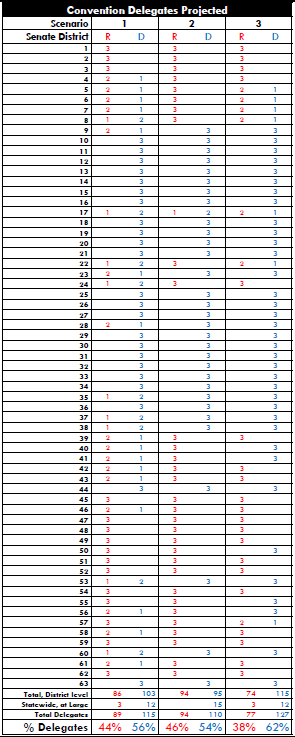Calling a state constitutional convention is New York’s long established method for fundamental, systematic governmental reform. Yet in a period of pandemic corruption and enormous anger at government, with demands for change from all across the political spectrum, New Yorkers rejected the convention option by a margin of 5-1 this past November. In essence, if 2016 was a year of great demand for change, the regret set in quickly afterward, and 2017 became a year, at least in New York, of holding fast to a system that people perceived to be less frightening than yet more change.
Peter Galie and Gerald Benjamin, co-authors with Christopher Bopst of New York’s Broken Constitution, and strong convention advocates, sat down a few weeks after the election for a post mortem. The reasons for the crushing defeat of the convention question, they thought, were both structural and political. Most voters didn’t even know there is a state constitution; they don’t distinguish between it and the revered national document, which most of them certainly don’t want to be touched in an era in which basic rights are threatened. New York has no initiative process; referenda are limited in use and unfamiliar to many as a way of making decisions. The wording of the convention question, mandated in the constitution for use every twenty years, requires that everything be on the table if a convention is called.
This scares those who have constitutionally guaranteed benefits or favored policies that they don’t want to risk.







